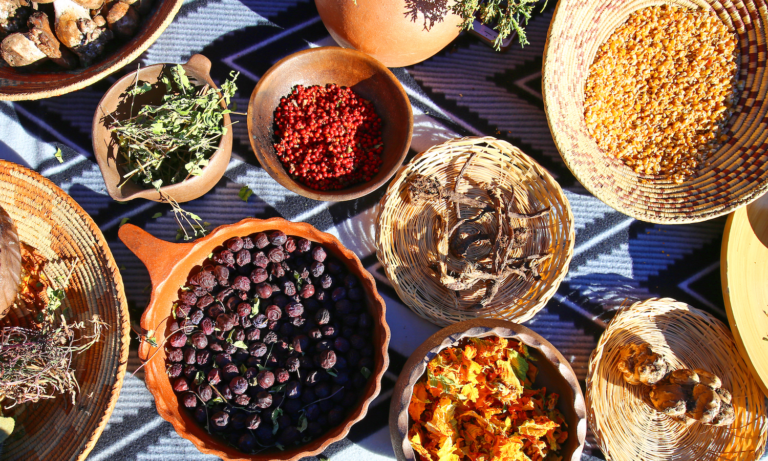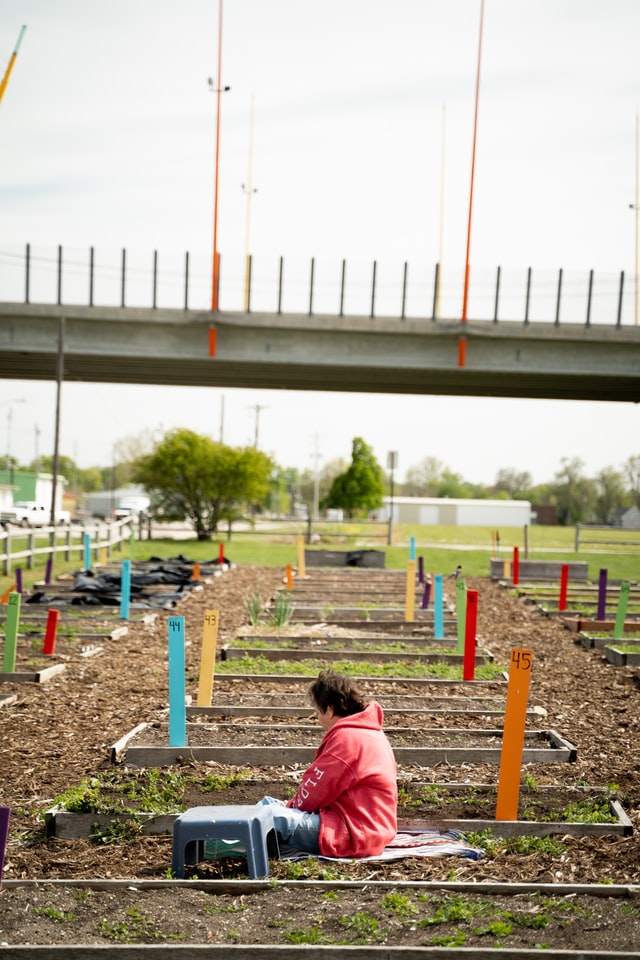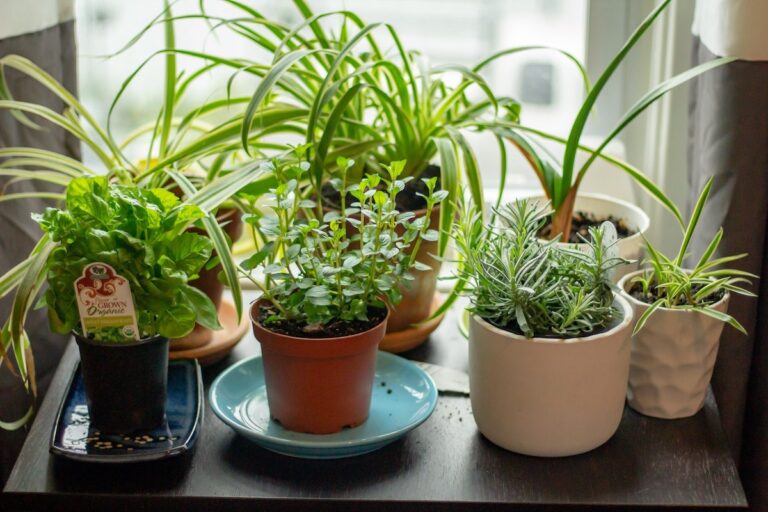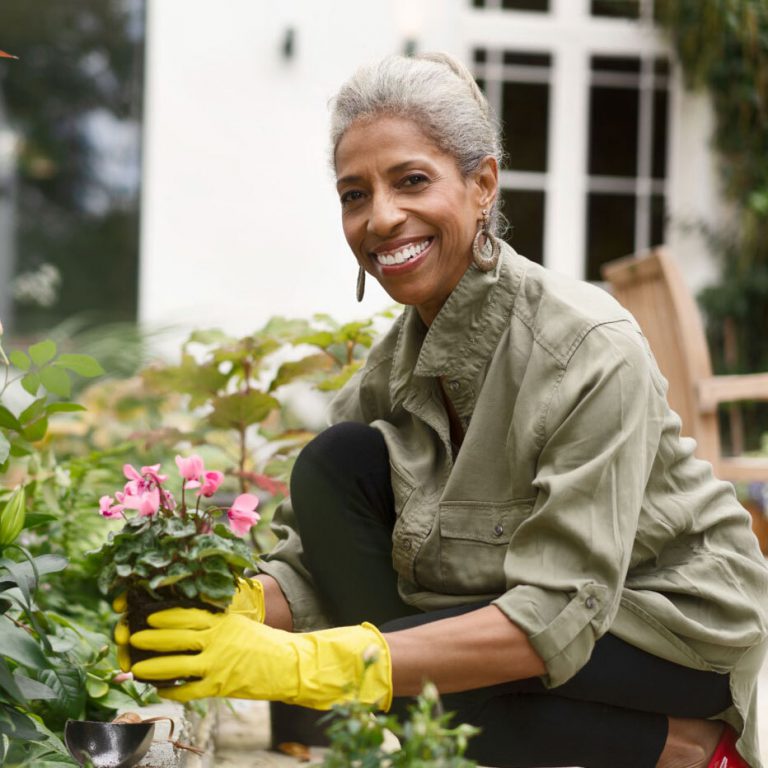Less Sugar, Less Salt, Less Fat: Foiling The American Diet With Indigenous Ingredients
You will find that among the sheer vastness of our world’s culinary palette — America ranks very low. We face an affliction of fast food restaurants seemingly on every corner and processed foods on every grocery store shelf. That isn’t to say any of these places don’t have tasty foods, because admittedly, some do. But finding healthy food choices can seem like an impossible feat in a Western diet full of excess sodium, saturated fat, refined grains, and calories from solid fats and added sugars. In the past we’ve talked about our 9 Ways of Vibrant Living and how one of the ways we can live more vibrantly is through the use of plant-based dieting. What if many of these healthy options could be found right outside our back door? Today, we introduce you to the indigenous diet.
The Indigenous Diet
Picture this, sweet corn roasting over a fire. Poached eggs lapped over a bed of soft cornmeal within a hearty bowl of black bean soup. None of these dishes are intrinsically difficult to make. Yet every ingredient can be found outside our back door. Poor dietary choices can contribute to many chronic conditions and can put a strain on our body and healthcare system. Indigenous diets serve the purpose of being hyperlocal, ultra seasonal, and ridiculously healthy. They contain no processed food, excess sugar, no wheat (or gluten), no dairy, and no-high cholesterol animal products. It’s naturally low glycemic, high protein, low salt, plant based with lots of grains, seeds, and nuts. Did we mention that it’s utterly delicious? (eat your heart out fast-food!)
It’s easy to miss many of the foods that lie in our backgrounds such as; dandelions, purslane, plantain, and lamb’s ear. These are typically ripped out of the ground as weeds and then thrown away. Most people probably have never taken the time to think of how delicious, interesting, and nutritious they are. So next time, instead of dismissing them, try tossing them into salads, soups or stews. The very acorns we crush beneath the wheels of our vehicles can even be turned into a gluten-free flour. There’s wealth to be discovered on the roads we drive on too — wild hazelnuts, raspberries, strawberries, chokecherries and herbs like sage, juniper, and mustard can all be found along the highway.
Implementing indigenous ingredients into your own plant-based meals can seem daunting. But once your pantry and wares are fully stocked, we can assure you that improvising meals and creating your own recipes will come easily. Through this act of exploring indigenous plants and vegetables that grow in our own backyards, we discover what it truly means to nurture ourselves from mother nature herself.




